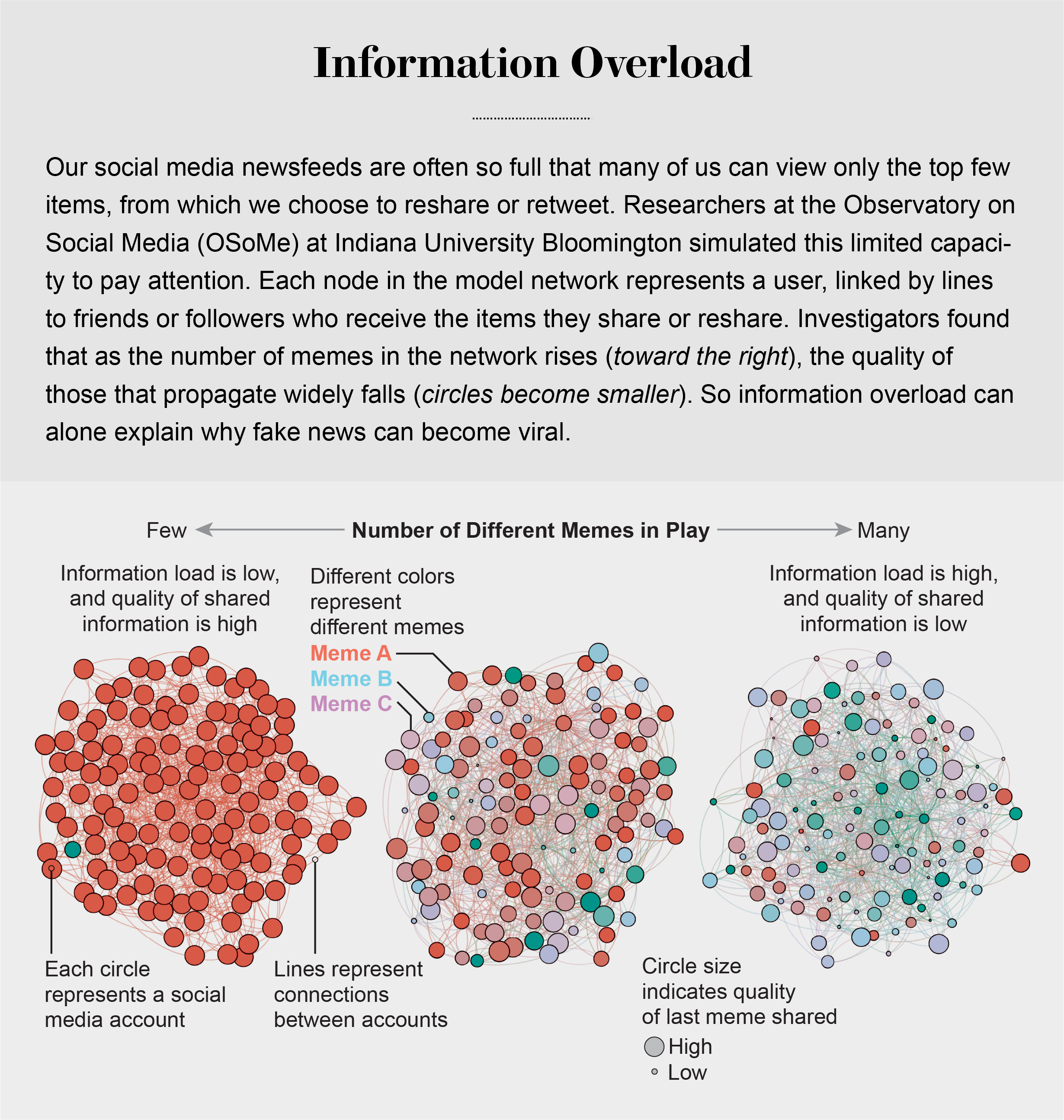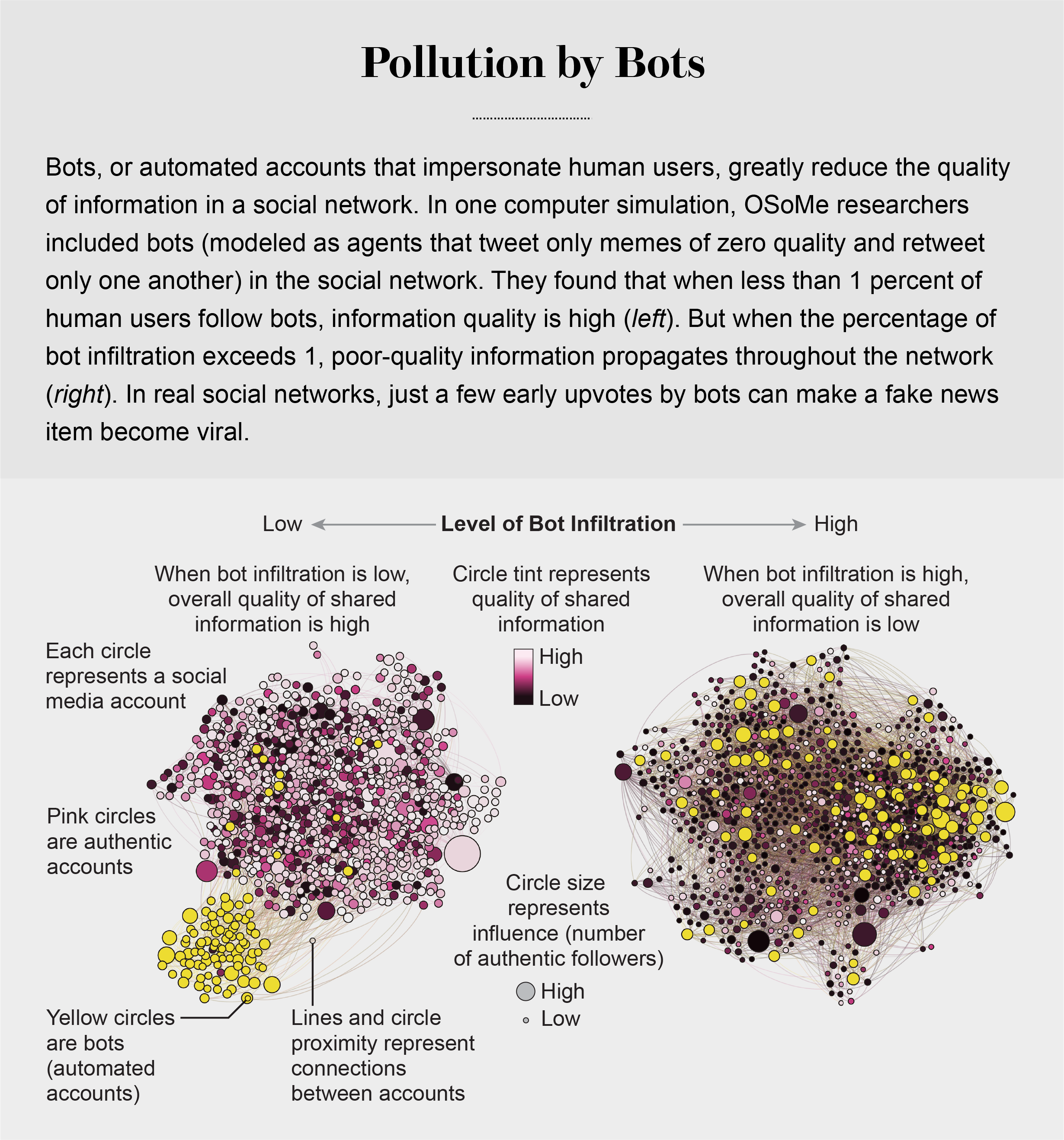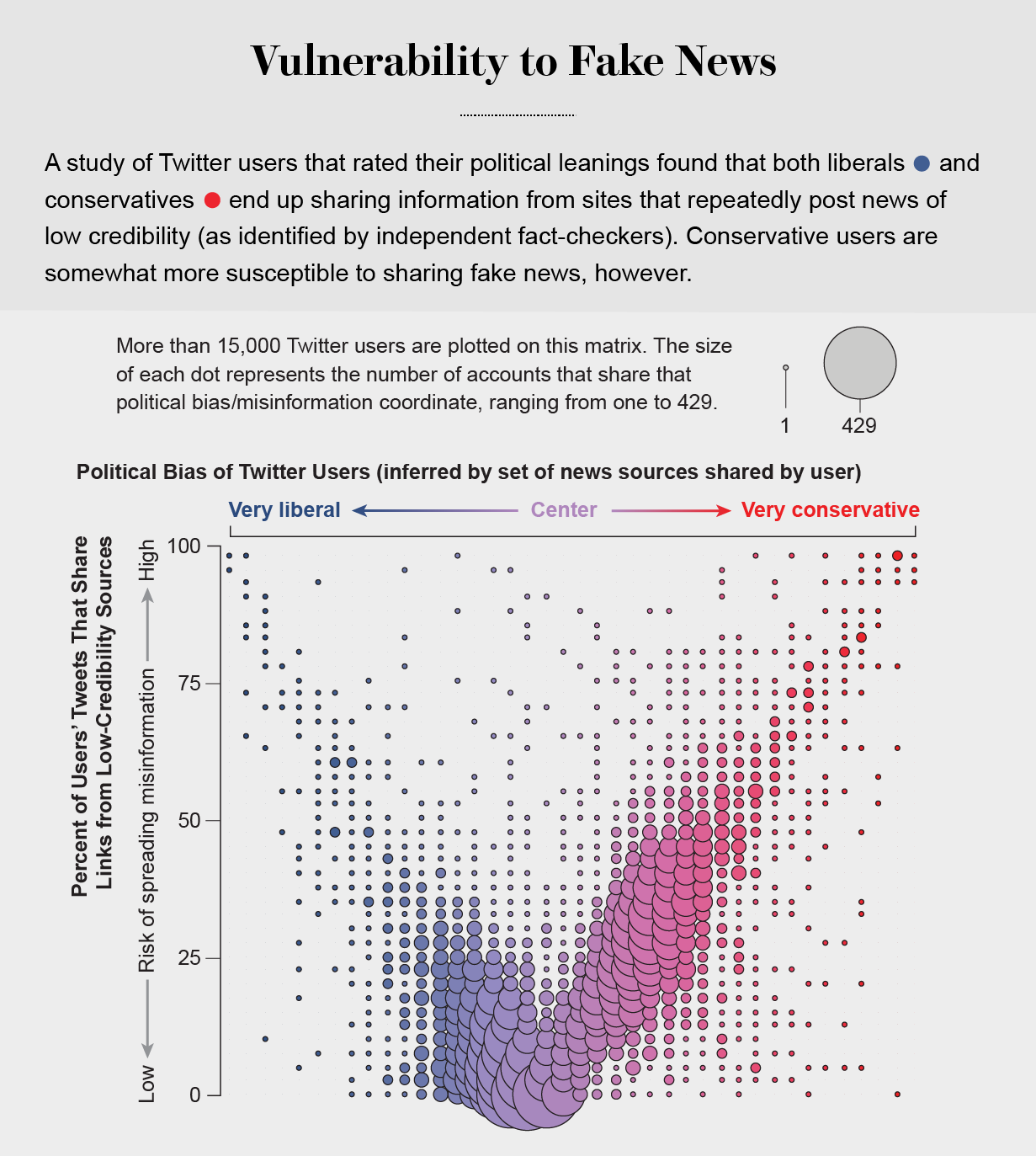The controversy over left-wing populism
by Chantal Mouffe: https://mondediplo.com/2020/05/14populism
recent book Le siècle du populisme (‘The Century of Populism’) (1), Pierre Rosanvallon
“populism consists in opposing a ‘pure people’ to a ‘corrupt elite’ and conceiving of politics as an immediate expression of the ‘general will’ (2) of the people.”
“There are only populisms, which explains why the notion produces so many interpretations and contradictory definitions.”
The left’s populist strategy appears particularly pertinent in the context of an exit out from the Covid-19 crisis which has been touted as a prelude for building a new social contract. This time, unlike in the 2008 crisis, a space could open up for the clash of opposing projects. A mere return to business as usual seems unlikely and the state will probably play a role that is both central and more prominent. We may witness the arrival of a ‘state capitalism’ that uses public authorities to rebuild the economy and restore the power of capital. It could take more or less authoritarian forms depending on the political forces at its helm. This scenario would signal either the victory of right-wing populist forces or neoliberalism’s defenders last-ditch attempt to ensure the survival of their model.
contrary to what Rosanvallon argues, far from threatening democracy, today left-wing populism is the best strategy if we want to orient the forces resisting a post-democratic, neoliberal order in an egalitarian direction.
++++++++++++++
more on populism in this IMS blog
https://blog.stcloudstate.edu/ims?s=populism
Higher Ed Learning Collective
https://www.facebook.com/groups/onlinelearningcollective/permalink/711721666125201/
Have you used OER this semester? If so, have you used it more due to the online instruction? If not, what drew you to OERs in the first place? I’m going to be facilitating a webinar session hosted by the KBOR OER steering committee this week on Repositories and Platforms. What kind of questions do you remember having when you first started using these? If you aren’t using them, but are curious, what questions do you have? Thanks in advance.
resources:
https://www.kansasregents.org/academic_affairs/open-educational-resources/oer-conference
H5P, Pressbooks,
++++++++++++
more on OER in this IMS blog
https://blog.stcloudstate.edu/ims?s=oer
https://www.freetech4teachers.com/2020/10/addressing-two-common-copyright.html
Stanford University Library’s Measuring Fair Use
unless the images the person is using are so unique that there is nothing else like them and she’s using them in a critique or as an instructive example (for example, explaining an aspect of a Picasso painting) that’s not fair use.
Copyright for Teachers was a free webinar that Dr. Beth Holland and I hosted a few years ago. We addressed a slew of copyright questions and scenarios during presentation. You can watch the recording here.
In Three Lessons to Learn From the $9.2m Copyright Ruling Against Houston ISD I summarized what went wrong and how to avoid making the same mistakes.
fair use. You can watch that segment here.
Richard Stim, a major contributor to the Stanford site mentioned above, has a book called Getting Permission: How to License & Clear Copyrighted Materials Online & Off.
+++++++++++++++++++
more about copyright in IMS blog:
https://blog.stcloudstate.edu/ims?s=copyright
http://blogs.edweek.org/edweek/DigitalEducation/2020/11/student_data_future_criminals_pasco_privacy.html
Using Student Data to Identify Future Criminals: A Privacy Debacle
Under the federal Family Educational Rights and Privacy Act (FERPA), schools can share student records with a contractor or outside party to whom the school has outsourced certain functions, if that outside party (like a designated school resource officer) meets all three of these conditions:
- The outside party is performing a service that would otherwise be performed by school employees.
- The outside party’s use of education records is under the direct control of the school.
- The outside party does not use the education records for anything other than the reason they were originally shared, and does not share the education record with anyone else unless it secures written consent from the parent of the student.
Information Overload Helps Fake News Spread, and Social Media Knows It
Understanding how algorithm manipulators exploit our cognitive vulnerabilities empowers us to fight back
https://www.scientificamerican.com/article/information-overload-helps-fake-news-spread-and-social-media-knows-it/
a minefield of cognitive biases.
People who behaved in accordance with them—for example, by staying away from the overgrown pond bank where someone said there was a viper—were more likely to survive than those who did not.
Compounding the problem is the proliferation of online information. Viewing and producing blogs, videos, tweets and other units of information called memes has become so cheap and easy that the information marketplace is inundated. My note: folksonomy in its worst.
At the University of Warwick in England and at Indiana University Bloomington’s Observatory on Social Media (OSoMe, pronounced “awesome”), our teams are using cognitive experiments, simulations, data mining and artificial intelligence to comprehend the cognitive vulnerabilities of social media users.
developing analytical and machine-learning aids to fight social media manipulation.
As Nobel Prize–winning economist and psychologist Herbert A. Simon noted, “What information consumes is rather obvious: it consumes the attention of its recipients.”
attention economy

Our models revealed that even when we want to see and share high-quality information, our inability to view everything in our news feeds inevitably leads us to share things that are partly or completely untrue.
Frederic Bartlett
Cognitive biases greatly worsen the problem.
We now know that our minds do this all the time: they adjust our understanding of new information so that it fits in with what we already know. One consequence of this so-called confirmation bias is that people often seek out, recall and understand information that best confirms what they already believe.
This tendency is extremely difficult to correct.
Making matters worse, search engines and social media platforms provide personalized recommendations based on the vast amounts of data they have about users’ past preferences.
pollution by bots

Social Herding
social groups create a pressure toward conformity so powerful that it can overcome individual preferences, and by amplifying random early differences, it can cause segregated groups to diverge to extremes.
Social media follows a similar dynamic. We confuse popularity with quality and end up copying the behavior we observe.
information is transmitted via “complex contagion”: when we are repeatedly exposed to an idea, typically from many sources, we are more likely to adopt and reshare it.

In addition to showing us items that conform with our views, social media platforms such as Facebook, Twitter, YouTube and Instagram place popular content at the top of our screens and show us how many people have liked and shared something. Few of us realize that these cues do not provide independent assessments of quality.
programmers who design the algorithms for ranking memes on social media assume that the “wisdom of crowds” will quickly identify high-quality items; they use popularity as a proxy for quality. My note: again, ill-conceived folksonomy.
Echo Chambers
the political echo chambers on Twitter are so extreme that individual users’ political leanings can be predicted with high accuracy: you have the same opinions as the majority of your connections. This chambered structure efficiently spreads information within a community while insulating that community from other groups.
socially shared information not only bolsters our biases but also becomes more resilient to correction.
machine-learning algorithms to detect social bots. One of these, Botometer, is a public tool that extracts 1,200 features from a given Twitter account to characterize its profile, friends, social network structure, temporal activity patterns, language and other features. The program compares these characteristics with those of tens of thousands of previously identified bots to give the Twitter account a score for its likely use of automation.
Some manipulators play both sides of a divide through separate fake news sites and bots, driving political polarization or monetization by ads.
recently uncovered a network of inauthentic accounts on Twitter that were all coordinated by the same entity. Some pretended to be pro-Trump supporters of the Make America Great Again campaign, whereas others posed as Trump “resisters”; all asked for political donations.
a mobile app called Fakey that helps users learn how to spot misinformation. The game simulates a social media news feed, showing actual articles from low- and high-credibility sources. Users must decide what they can or should not share and what to fact-check. Analysis of data from Fakey confirms the prevalence of online social herding: users are more likely to share low-credibility articles when they believe that many other people have shared them.
Hoaxy, shows how any extant meme spreads through Twitter. In this visualization, nodes represent actual Twitter accounts, and links depict how retweets, quotes, mentions and replies propagate the meme from account to account.
Free communication is not free. By decreasing the cost of information, we have decreased its value and invited its adulteration.
https://www.insidehighered.com/views/2020/10/23/divide-between-those-and-without-degrees-hurts-higher-education-and-country-opinion
America is divided by race, gender and geography. None of that is new. What’s new is division by education: a college divide.
One element of the college divide is hostility to higher education itself; the percentage of self-identified Republicans who say higher education has a negative effect on the country went from 37 percent in 2015 to 59 percent in 2019.
College graduates are being painted as elites principally because the vast majority of students who successfully complete four-plus years of college at the vast majority of institutions have the financial resources, family stability and support that are characteristic of top quartile (if not top decile) households.


